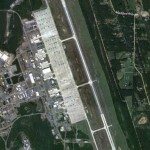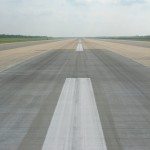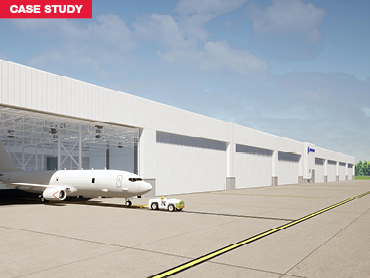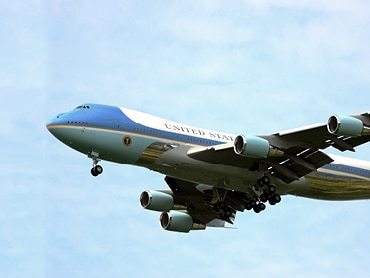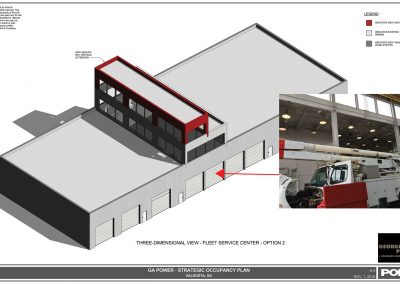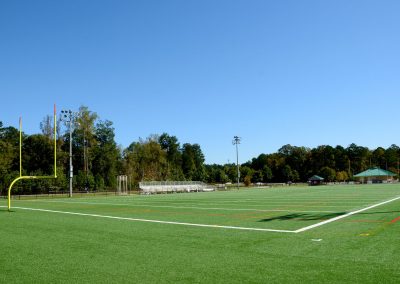Repair/Replacement of Primary Runway 07-25 - Little Rock Air Force Base, AR
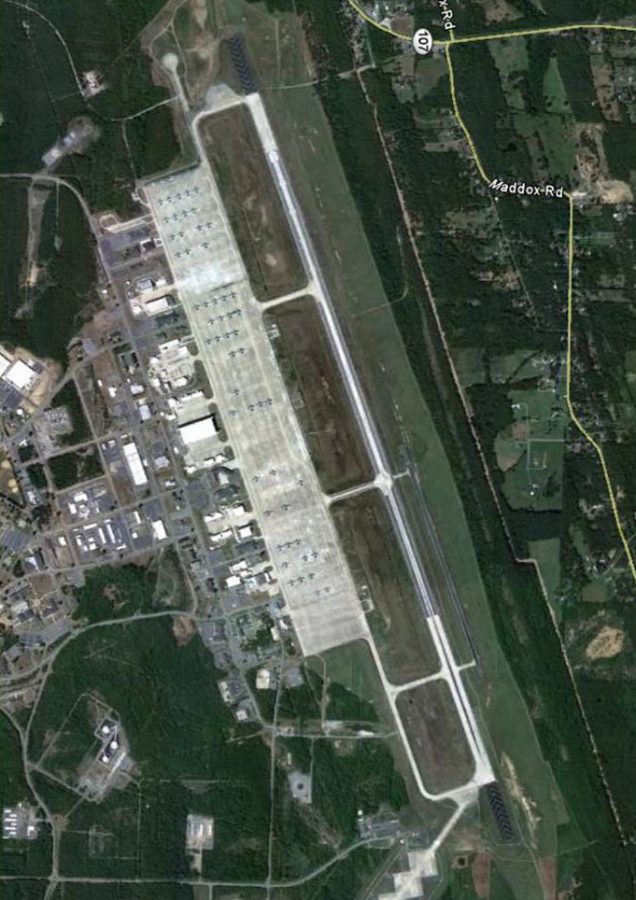
Under an IDIQ with the USACE Omaha District, and working with USACE Little Rock District and U.S. Air Force Air Mobility Command (USAF AMC), Pond provided full design services for the repair by replacement of Runway 07-25 at Little Rock AFB to meet the requirements of modified heavy load runway pavement. The project includes:
-
Resizing the runway from 200 ft wide to 150 ft wide
-
Designing associated overruns, associated taxiway tie-ins and drainage, including substantial earthwork balancing and rework
-
Relocation, replacement, or modification of the following systems: the Runway 25 Instrument Landing System (ILS), Approach Lighting Systems (ALS) at each end, Runway Centerline Lights (RCL’s), Touch Down Zone Lights (TDZ’s), Runway Guard Lights (RGL’s), runway threshold, edge, and end lights, runway distance markers (RDM’s), Precision Approach Path Indicators (PAPI’s), taxiway edge lights, an in-pavement overt/covert AMP 3 lighting system and guidance signage for eight connecting taxiways
The project team conducted studies and evaluated concepts and alternatives to construct a runway that eliminates existing obstructions and waivers, does not create any new waivers, stray from the programmed avenue of the project, or increase the scope of construction. Currently, the existing runway is covered by 31 waivers.
The 12,000 foot runway will be rebuilt in two phases, thereby allowing airfield operations to continue while construction efforts are underway. Pond prepared a detailed construction phasing plan and operation safety plan for construction. The phasing plan incorporates all aspects of construction, including airfield lighting, modifications to the lighting vault, the new airfield lighting ductbank, construction that crosses the Main Parking Apron, Runway, Taxiways, grading, obstruction removals, etc.
As part of the replacement, this project will raise runway elevations and modify surrounding terrain features to minimize the number of waivers and obstructions. Similarly, the project is plagued by high ground water with artesian characteristics, so the design incorporates innovative subsurface measures to control these damaging forces.
To meet current obstruction, grading, and drainage requirements, substantial portions of the five ladder taxiways will be reconstructed. The C-130 Landing Zone (formerly Assault Strip) may also be reconstructed based upon final determination of grading, primary surface and below pavement water considerations.
Little Rock AFB is the largest C-130 training base in the world, with 90 C-130 aircraft, including H and J models. Now in its 57th year, the runway is developing substantial amounts of Foreign Object Damage (FOD) potential, primarily from joint spalls and cracked slabs.
Related Projects
Related News
Q&A with Bob Ruch
Bob Ruch, Col. Ret., PE is Pond’s Executive Vice President, Defense & Federal. He has been in the industry for 5 years since retirement from a distinguished 30-year career with the U.S. Army and U.S. Army Corps of Engineers. While serving with USACE, he commanded...
Evaluating Georgia’s Aviation System and its Need for Aircraft Storage Hangars
I recently had the opportunity to meet with the Georgia State Legislature Joint Study Committee on Airport Infrastructure and Improvements. I presented findings evaluating Georgia's current aviation infrastructure with a special focus on hangars. A clear plan for...
Pond and FSB begin design of first fuel cell hangar for B-21 aircraft
ATLANTA – (10.21.21) – Pond, one of the fastest growing architecture and engineering firms in the country, and its joint venture partner Frankfurt-Short-Bruza Associates (FSB-Pond JV) was awarded its first task order to support the U.S. Air Force of its newest stealth...

